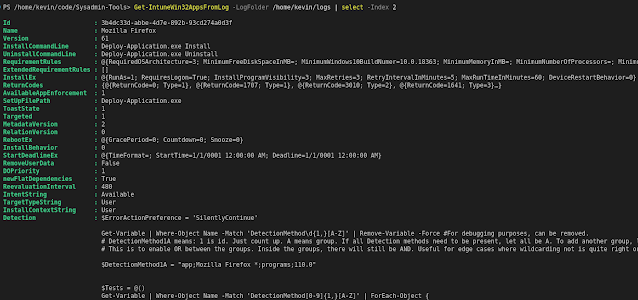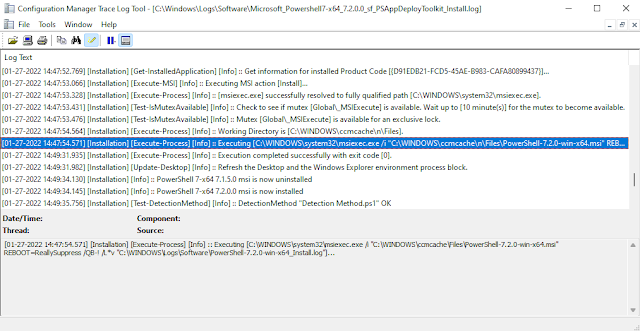RUNK is a Kickstarter scam

Once in a while a Kickstarter catches my interest. The RUNK is a hilarious name for those who know Norwegian, so I just had to back this project. https://www.kickstarter.com/projects/runker/runker-your-edc-portable-power-bank It also seemed like a nice little power bank. But today I received mine. The 30W charging output is a lie. What they say What the box says. Up to 12W (5Vx2.4A) What my phone says My main motivation for posting this is that they just announced their 2.0 of this power bank , which I would NOT recommend. I would just assume that too is a scam. I have not tested the NFC capabilities or daily driven the thing at all. Just unboxed, saw the 2.4A, measured and wrote this post. Feel free to correct me if I'm wrong in anything here. Bonus material: I just had to open it up and take a look. It was a pain to open up, lots of big plastic clips, I had to bend and break much plastic along the edge to get it open.




